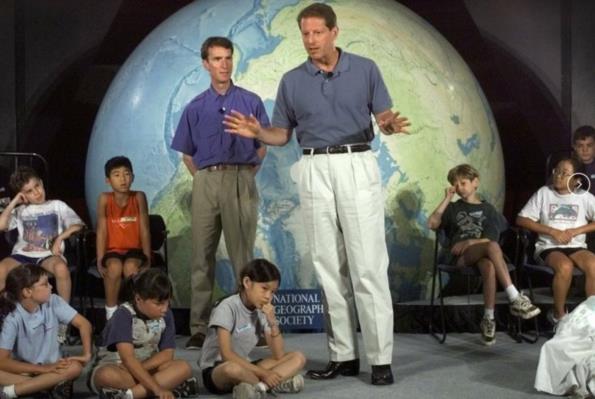
NavList:
A Community Devoted to the Preservation and Practice of Celestial Navigation and Other Methods of Traditional Wayfinding
From: Frank Reed
Date: 2022 Dec 27, 07:55 -0800
K McGrath, you wrote:
"It's going to be a real fiddle and not very accurate."
Before you worry about the accuracy of your "gore" plotting tools, you should do some trials actually gluing down gores on a globe. The limit of your accuracy in that messy-sticky process will likely overwhelm any other steps in this construction. I'm attaching an image that shows a globe in the background viewed straight down on the North pole (*). When you're pasting your gores, this will be a delicate area since the "points" of the gores have to line up. Alternatively, you could creates gores that end at, let's say, 80° declination at each pole and then use a separate circular piece for each polar region (it can be circular if you glue those down first!). And note that the southern polar area beyond 80° S is easy -- no stars brighter than magnitude 4.
What sort of sphere are you planning to use as your base? How big would it be? You may want to consider optical projection to get the globe projection right. There may be some math involved, but it's a solvable problem, and I'm sure you could enlist some of the math-minded folks here, too. The plan would be to optically project your celestial globe one 90-90-90 octant at a time using a common digital projector, and then you would manually trace the stars, constellations, Milky Way, etc.
Frank Reed
*In the image the foreground speaker should be obvious by context. Standing behind him is Bill Nye (known as "The Science Guy"). The photo is from a presentation in 1999, so those children, who I would guess are age 10, would be 33 years old now.







